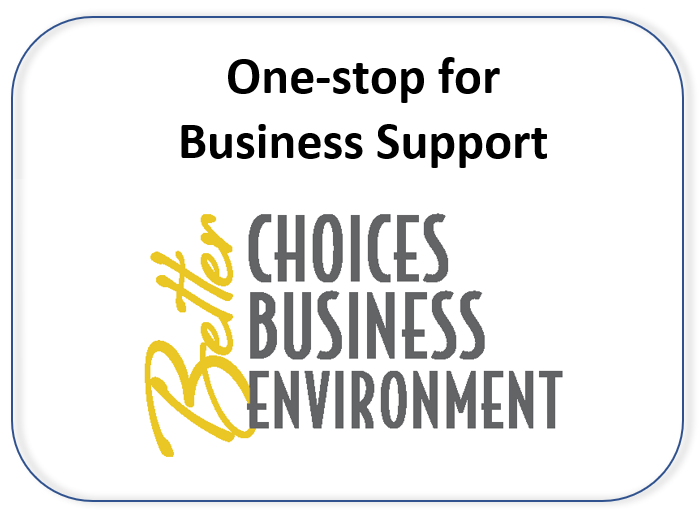Solvent cleaning operations
There are a range of environmental regulations that affect facilities with solvent cleaning operations. The following list provides some links to resources for compliance with those regulations.
Air pollution regulations
Air pollution requirements on the use of solvents for cleaning parts, equipment, and other production steps may differ based on the solvent constituents (volatile organic compounds, hazardous air pollutants) and the ways they are used (wiped on parts, in a degreasing unit, sprayed through a paint gun, etc). The rules may place restrictions on the VOC or HAP content, in pounds per gallon or weight percent, or composite vapor pressure of the material as applied. Learn more about the differences in the Solvent Parts Cleaning Environmental Overview (SB-140)
Review the information below as appropriate to your operations:
VOC rules
- Solvent Metal Cleaning RACT (AM-475)
- Solvent Metal Wipe Cleaning RACT (AM-476)
- Industrial Solvent Cleaning Operations RACT Part 1 and 2 (AM-447)
Facilities with VOC emissions may be required to maintain monthly, 12-month rolling average, or daily records. The following spreadsheets have example calculations for these requirements:
- Monthly VOC Emissions, 12-month Averaging (SB-306) [XLSX]
- Daily VOC Emissions, Monthly Average (SB-307) [XLSX]
HAP rules
- Halogenated Solvent MACT (AM-443)
- Guidebook Document for Halogenated Solvent Cleaner NESHAP (EPA-453/R-94-081)
Solvent options/alternatives
- EPA software, PARIS III (Program for Assisting the Replacement of Industrial Solvents) - Program for Assisting the Replacement of Industrial Solvents (PARIS III)
- Some manufacturers such as Eastman have a solvent selector guide - Solvent Comparison Tool
- Some vapor pressures of materials are listed here: Vapor Pressure common Liquids
- Minnesota Technical Assistance Program has created an Aqueous Cleaning Toolkit to help businesses looking for aqueous cleaner options as an alternate to solvents
Waste regulations
- Unused industrial cleaning solvents are often considered hazardous waste. Before disposing of any unused solvent, it is important to review whether the material is hazardous and then properly manage the waste going forward. Start with the SBEAP's Hazardous Waste and learn more about hazardous waste management.
- If you clean up with wipes or rags, be sure to follow the latest procedures outlined in the DNR Waste Program's fact sheet Management of Solvent-Contaminated Wipes (WA-1207).
Wastewater regulations
- Small industrial sources using solvents should check with their local Wastewater Treatment plant or sewerage district about disposal of any industrial materials. They will have limits on what contaminants can be sent to the sewer. You may need to pretreat your wastewater discharge before sending it to the treatment plant. Review the requirements starting on Wastewater.
| Additional resources |
|---|

